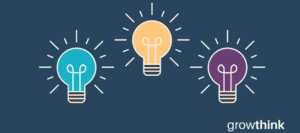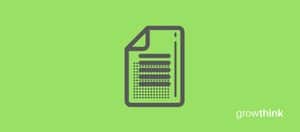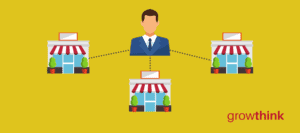Gym Financial Plan
Your financial plan should include your 5-year financial statement broken out both monthly or quarterly for the first year and then annually. Your financial statements include your income statement, balance sheet and cash flow statements.
Income Statement: an income statement is more commonly called a Profit and Loss statement or P&L. It shows your revenues and then subtracts your costs to show whether you turned a profit or not.
In developing your income statement, you need to devise assumptions. For example, will you have 100 paying members by the end of your first month 200? And will sales grow by 2% or 10% per year? And will the average member pay you $100/month or $150/month? As you can imagine, your choice of assumptions will greatly impact the financial forecasts for your business. As much as possible, conduct research to try to root your assumptions in reality.
Balance Sheets: While balance sheets include much information, to simplify them to the key items you need to know about, balance sheets show your assets and liabilities. For instance, if you spend $500,000 on building out your gym, that will not give you immediate profits. Rather it is an asset that will hopefully help you generate profits for years to come. Likewise, if a bank writes you a check for $500.000, you don’t need to pay it back immediately. Rather, that is a liability you will pay back over time.
Cash Flow Statement: Your cash flow statement will help determine how much money you need to start or grow your gym, and make sure you never run out of money. What most entrepreneurs and business owners don’t realize is that you can turn a profit but run out of money and go bankrupt. For example, let’s say a company approached you with a $300,000 contract to provide personal training services to their employees. Let’s further assume the contract would cost you $100,000 to fulfill in terms of increased staffing costs. Well, in most cases, you would have to pay that $100,000 now for employee salaries, etc. But let’s say the company didn’t pay you for 180 days. During that 180 day period, you could run out of money.
In developing your Income Statement and Balance Sheets be sure to include several of the key costs needed in starting or growing a gym:
-
- Gym build-out including design fees, construction, etc.
-
- Cost of equipment like free weights, cardio machines, etc.
-
- Cost of other supplies (towels, cleaning supplies, etc.)
-
- Payroll or salaries paid to staff
-
- Business insurance
-
- Taxes and permits
-
- Legal expenses

 Download a Free Business Plan Template
Download a Free Business Plan Template How to Make a Successful Business Plan
How to Make a Successful Business Plan 100 Sample Business Plans
100 Sample Business Plans Expert Business Plan Consultants
Expert Business Plan Consultants The Perfect Business Plan Layout for a Great Plan
The Perfect Business Plan Layout for a Great Plan Use This Business Plan Structure to Expertly Write Your Plan
Use This Business Plan Structure to Expertly Write Your Plan Expert Business Plan Writing Services
Expert Business Plan Writing Services Juice Bar Business Plan Template
Juice Bar Business Plan Template Franchise Business Plan Template
Franchise Business Plan Template